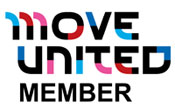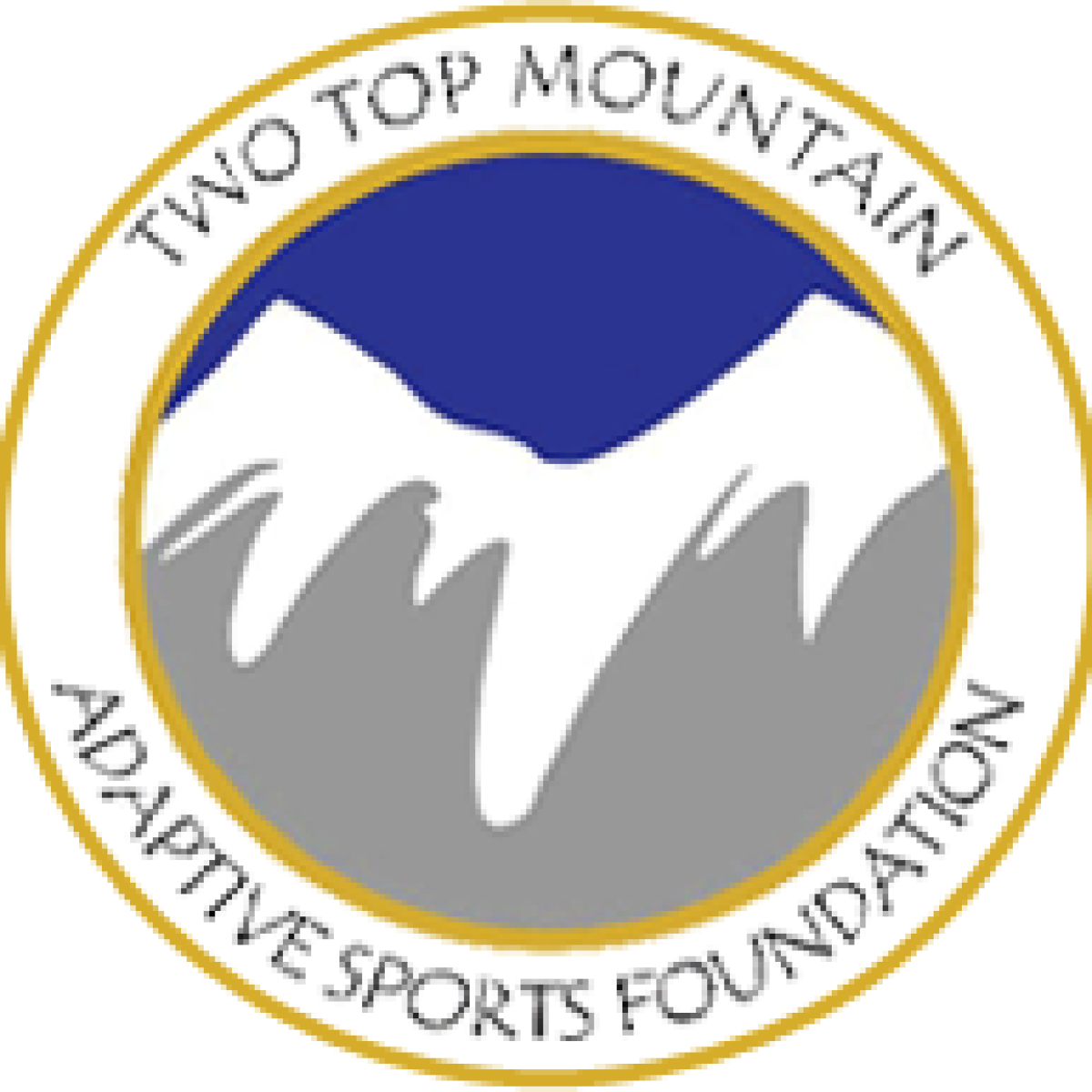Two Top Mountain Adaptive
Sports Foundation
Providing year round education and recreational activities that provide healthy experiences for disabled athletes.
Winter Programs

During the winter, we teach skiing and snowboarding by reservation only seven days a week once Whitetail Resort is open. Snow Sports taught by Two Top Adaptive includes:
Two-Track
Two-tracking is for skiers who are visually or hearing impaired or those that have mild deficits in their motor skills, PTSD, autism or learning disabilities. A two tracker will use a pair of skis. They may use other equipment as well such as ski poles, tip retention devices, or wear a bib indicating a hearing problem or blindness. These skiers may be tethered.
Three Track
Three tracking is typically for amputee skiers, or a skier with only one strong leg. A three track skier will use only one ski and a pair of outriggers (crutches with small skis on their bottom).
Four Track
A skier will four track when they use two skis and hand held outriggers. They may have multiple sclerosis, spinal bifida or cerebral palsy. A below the knee amputee that wants to use their prosthesis can be a four tracker and use two skis and a pair of outriggers. Other equipment may include tip retention devices or tethers.
Mono Ski
A mono-skier is normally someone who uses a wheel chair, the skier needs to have good upper body strength and have good sitting balance. The mono skier may have a double amputation, spinal cord injury, neuromuscular disease or spinal bifida. A mono ski has a molded seat that mounts to a frame that is attached to a single ski. Hand held outriggers are used with a mono ski. Most mono skis have a hydraulic lift mechanism to allow the skier to independently load a chair lift.
Bi-Ski
The Bi-Ski is for guests that need to ski in a seated position, and have a more serious disability than a mono-skier. A bi-skier may have a brain injury, spinal cord injury, muscular dystrophy, cerebral palsy, or spinal bifida. The bi-ski molded seat is mounted to an articulated device that is mounted to two skis. A handle bar and fixed outriggers can be mounted to the bi-ski to allow a broader range of participation, or they can use hand held outriggers if able. The bi-ski is often tethered and also has a hydraulic lift mechanism that allows it to be loaded on a chair lift.
With new snowboarding equipment and an ability to modify and adapt gear, learning to snowboard has become easier. Snowboarding can be for individuals with mild deficits in motor skills or those who are visually and hearing impaired, as well as individuals with autism and learning disabilities. We have even worked with below knee amputees that choose to wear their prosthesis. Using one or two outriggers for balance is a great way to help teach snowboarding to our guests.
PARTNERS
SPONSORS







